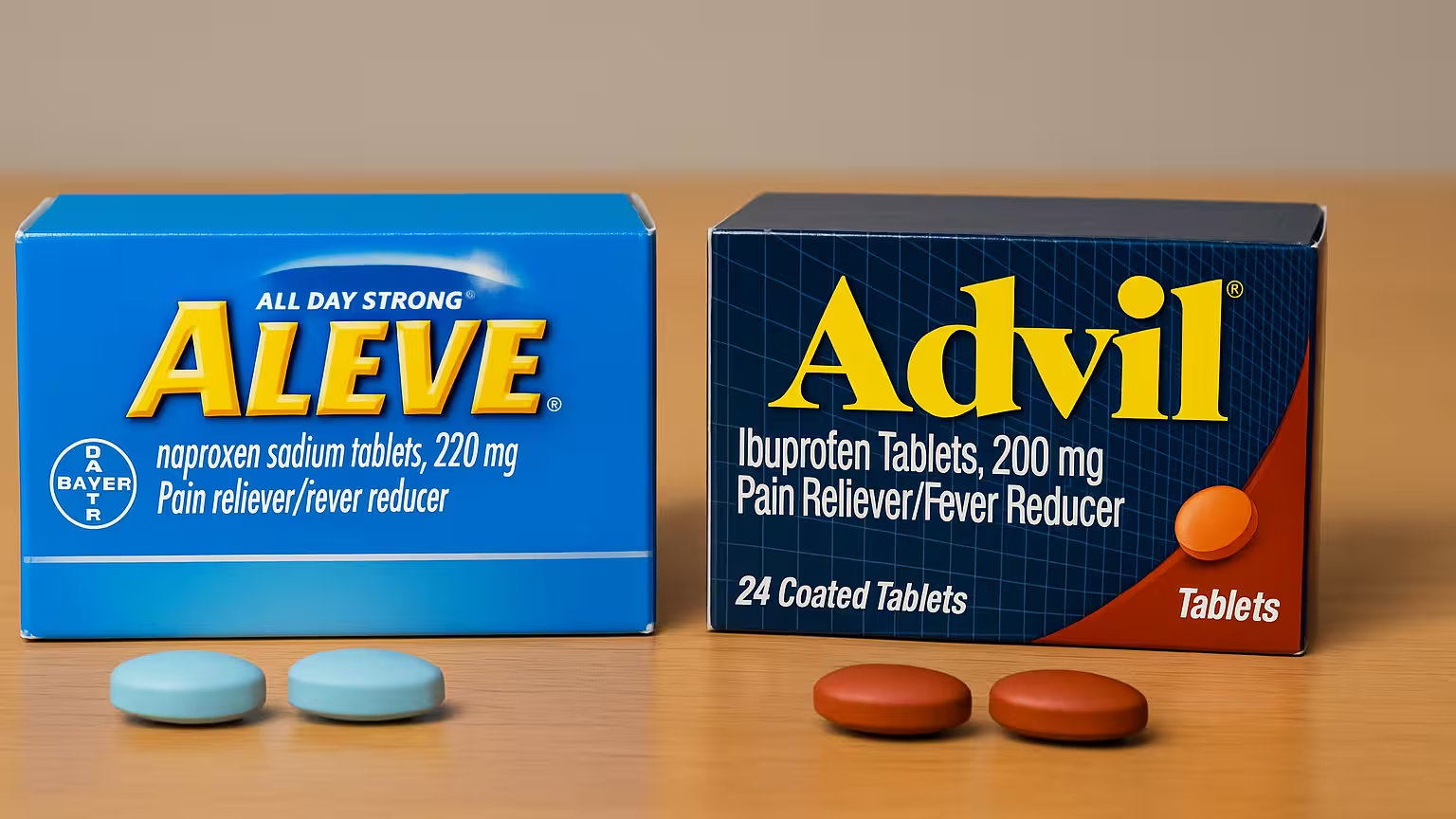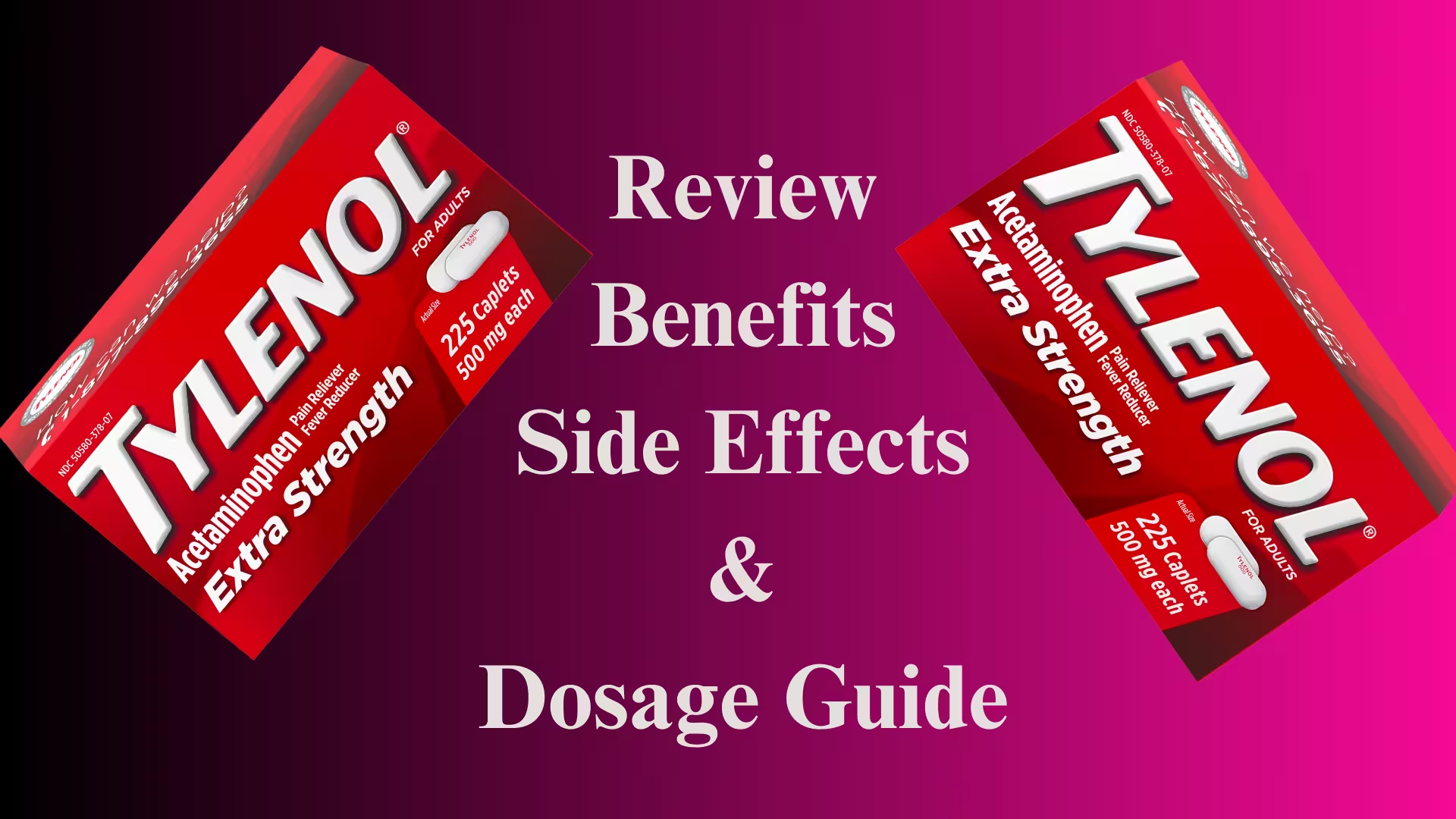When managing anxiety and depression, doctors often prescribe Lexapro (escitalopram) or Zoloft (sertraline). These medications are part of the SSRI (Selective Serotonin Reuptake Inhibitor) family and work by increasing serotonin in the brain. While both are effective, there are key differences in how they’re used, their benefits, and possible side effects. Let’s explore them.
What Is Lexapro?
Lexapro is mainly prescribed to treat major depressive disorder (MDD) and generalized anxiety disorder (GAD). It’s known for being effective, easy to tolerate, and simple to dose. Lexapro is often favored for patients with mild to moderate anxiety or depression.
What Is Zoloft?
Zoloft treats a wider range of conditions, including OCD, PTSD, panic disorder, social anxiety disorder, and depression. Its flexibility and long history of use make it a go-to for many mental health professionals.
Comparison of Uses
Here’s a simple table showing the conditions each medication treats:
| Condition | Lexapro ✅ | Zoloft ✅ |
|---|---|---|
| Major Depressive Disorder | Yes | Yes |
| Generalized Anxiety Disorder | Yes | No (off-label) |
| OCD | No | Yes |
| PTSD | No | Yes |
| Panic Disorder | No | Yes |
| Social Anxiety Disorder | No | Yes |
Note: Some doctors may prescribe Lexapro off-label for other anxiety disorders.
Dosage Comparison
Here’s how typical doses compare between Lexapro and Zoloft:
| Medication | Starting Dose | Maximum Dose |
|---|---|---|
| Lexapro | 10 mg/day | 20 mg/day |
| Zoloft | 25–50 mg/day | 200 mg/day |
Zoloft offers more flexibility in dosing, especially for more complex conditions.
Key Differences Between Lexapro and Zoloft
| Feature | Lexapro | Zoloft |
|---|---|---|
| Generic Name | Escitalopram | Sertraline |
| FDA-Approved Uses | Depression, GAD | Depression, OCD, PTSD, panic, SAD |
| Dosing Simplicity | Straightforward (1 dose option) | Flexible (many dose strengths) |
| Age Approved | Adults, teens | Adults, children (for OCD) |
| Half-Life | ~27–32 hours | ~22–26 hours |
Benefits of Lexapro
- Fewer drug interactions
- Lower risk of insomnia and jitteriness
- Often better tolerated in sensitive individuals
- May cause fewer sexual side effects
Lexapro is a good choice for people who are starting antidepressants for the first time or prefer a simpler dosing schedule.
Benefits of Zoloft
- Treats multiple disorders, including OCD and PTSD
- More flexible dosing for customized treatment
- Suitable for a wider age range
- Long-term success in treating chronic conditions
Zoloft’s track record and wide range of uses make it one of the most prescribed antidepressants worldwide.
Side Effects of Lexapro and Zoloft
Here’s a quick look at the common side effects of both medications:
| Side Effect | Lexapro Common | Zoloft Common |
|---|---|---|
| Nausea | Yes | Yes |
| Headache | Yes | Yes |
| Drowsiness | Sometimes | Sometimes |
| Insomnia | Less common | More common |
| Sexual dysfunction | Possible | Possible |
| Diarrhea | Less common | More common |
| Dry mouth | Yes | Yes |
Each person reacts differently, so it’s important to monitor your symptoms and consult your doctor.
Which One Should You Choose?
Choosing between Lexapro and Zoloft depends on your specific symptoms and health history. Lexapro might be ideal for general anxiety and depression, while Zoloft may be better for OCD, PTSD, and panic disorders.
Always speak to a licensed medical professional before starting or changing any medication. Your doctor will guide you through the decision based on your needs and responses.
Making the Right Choice Between Lexapro and Zoloft
Both Lexapro and Zoloft are effective SSRIs trusted by doctors and patients alike. By understanding their differences in uses, benefits, and side effects, you can feel more confident discussing treatment options with your healthcare provider. Mental health is a journey, and the right medication can make a real difference in how you feel and function each day.










